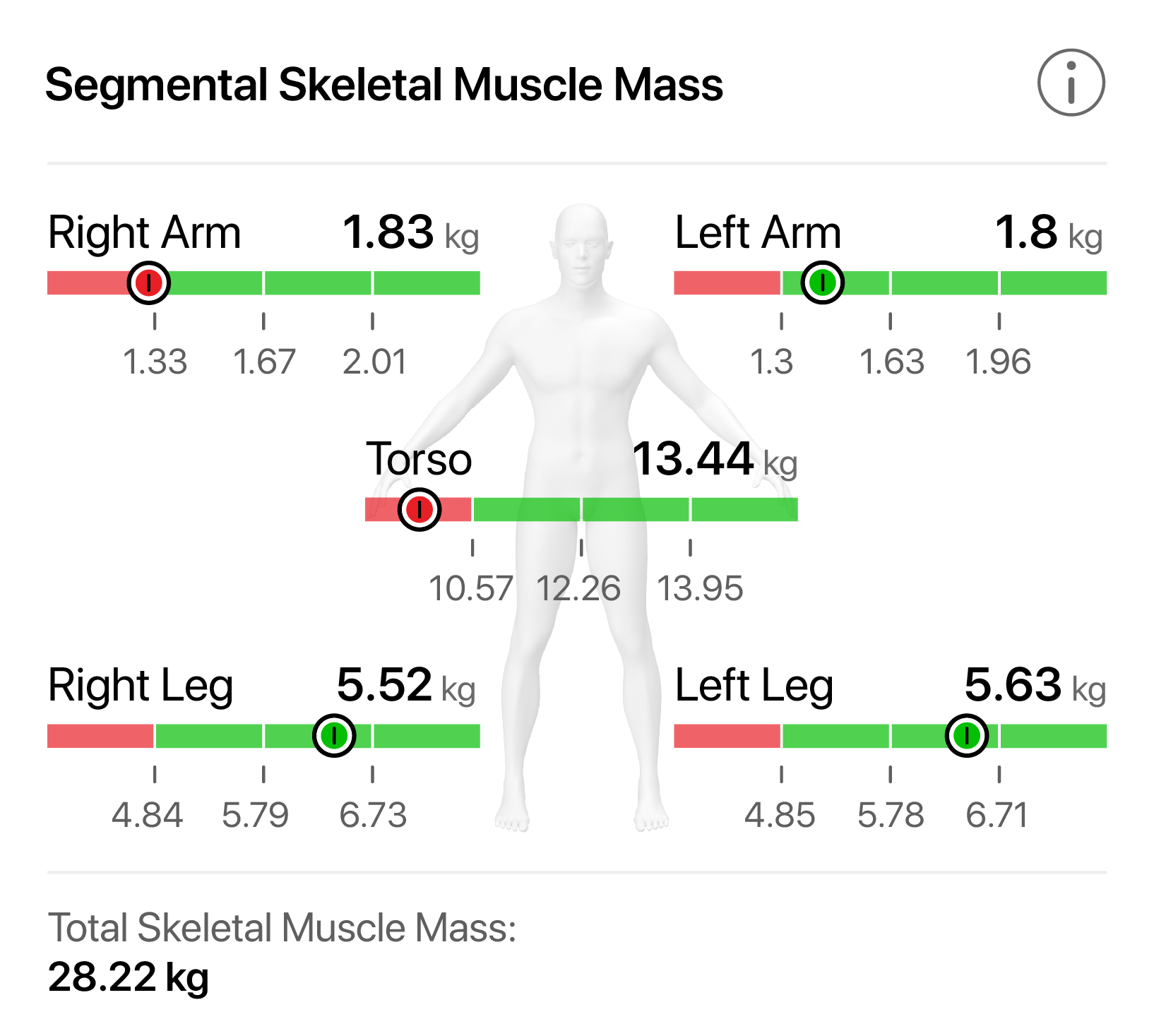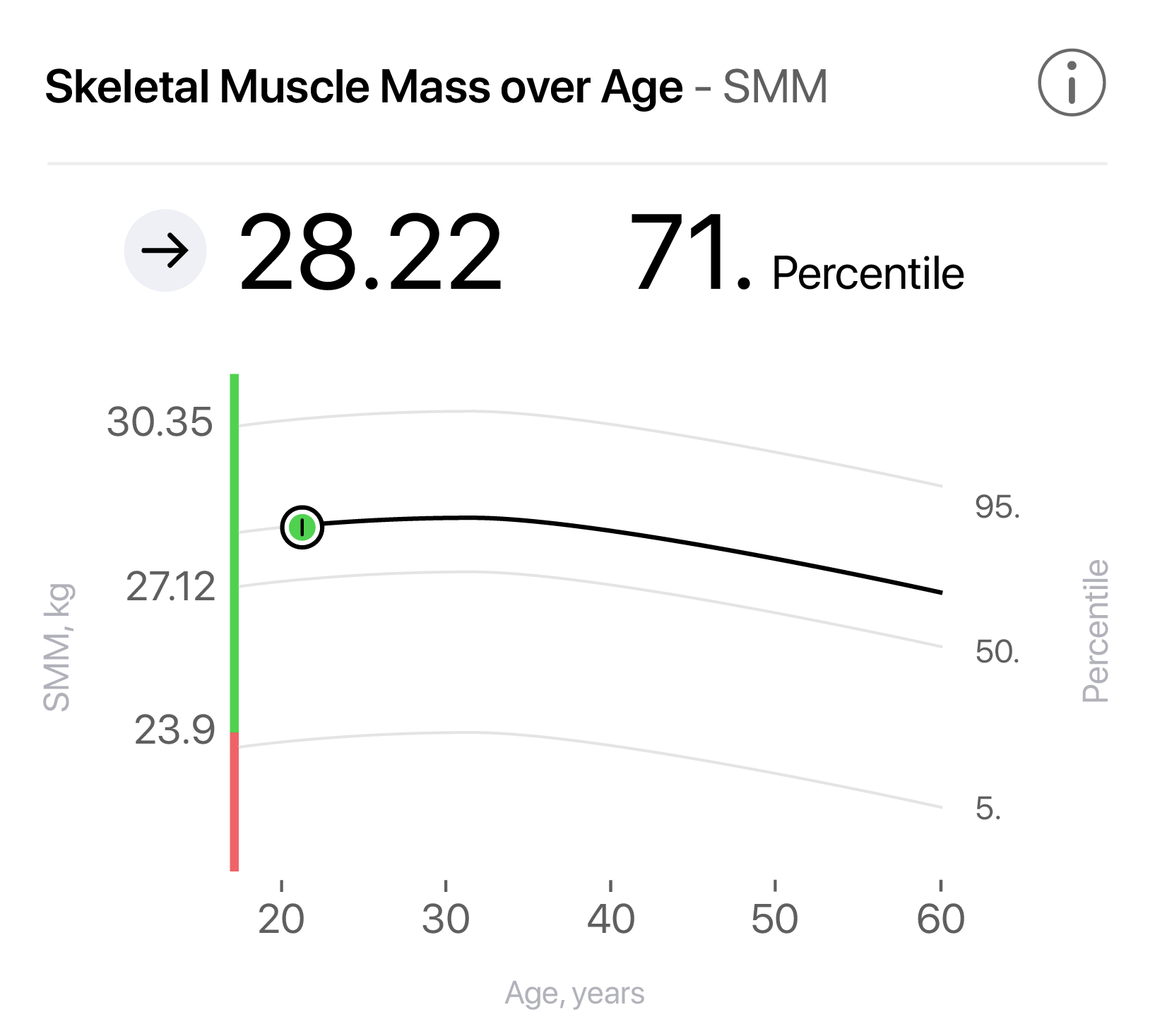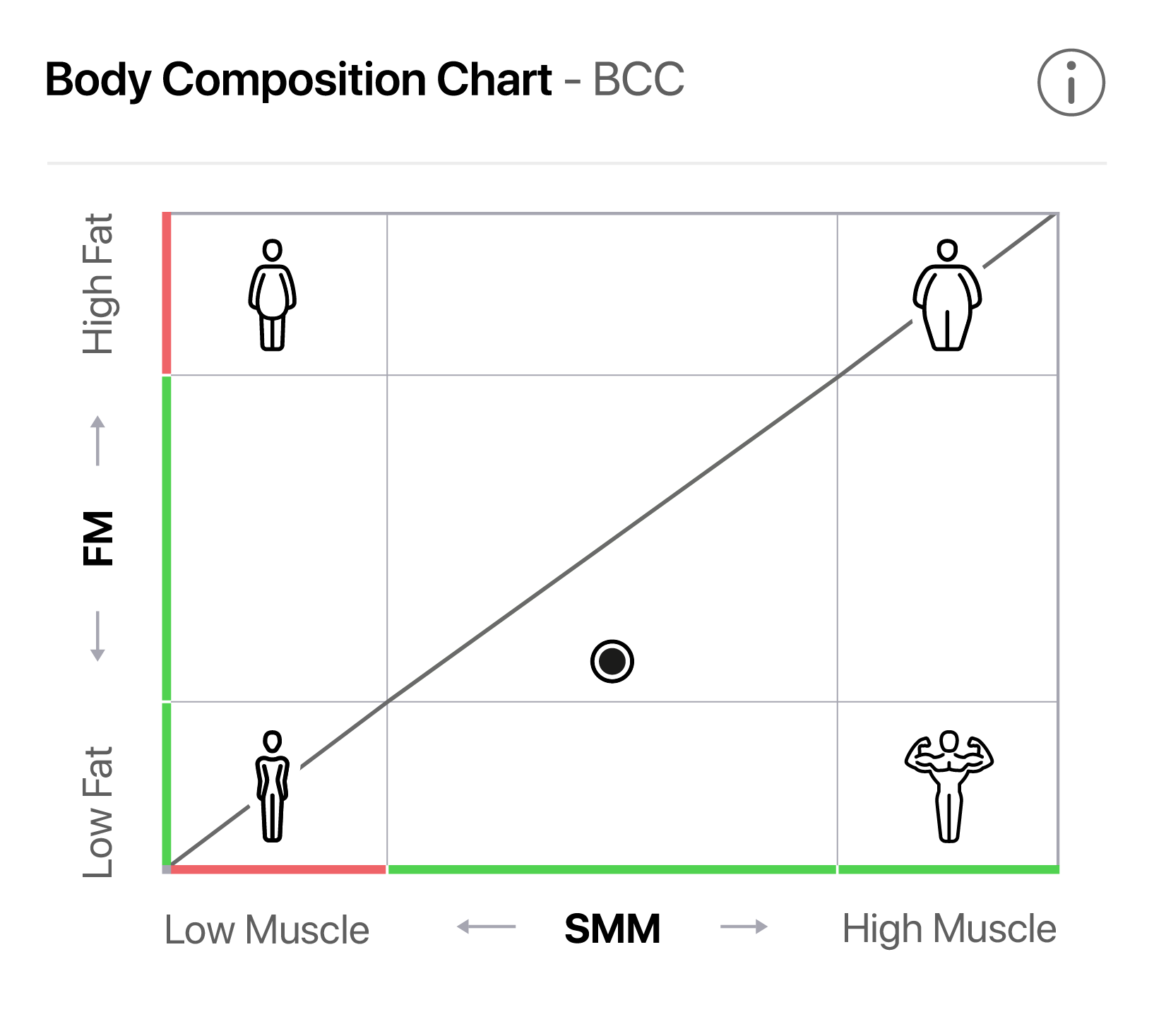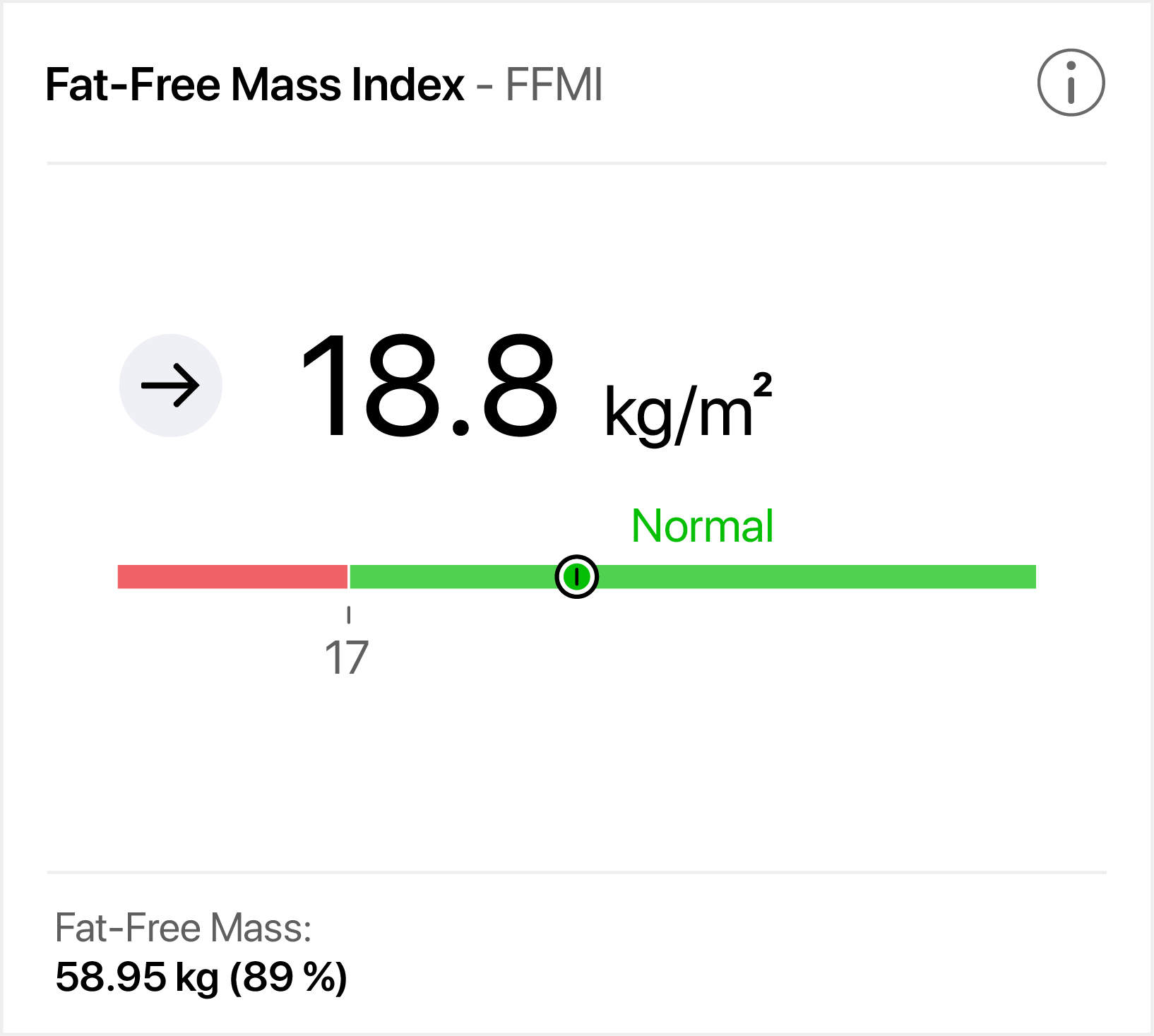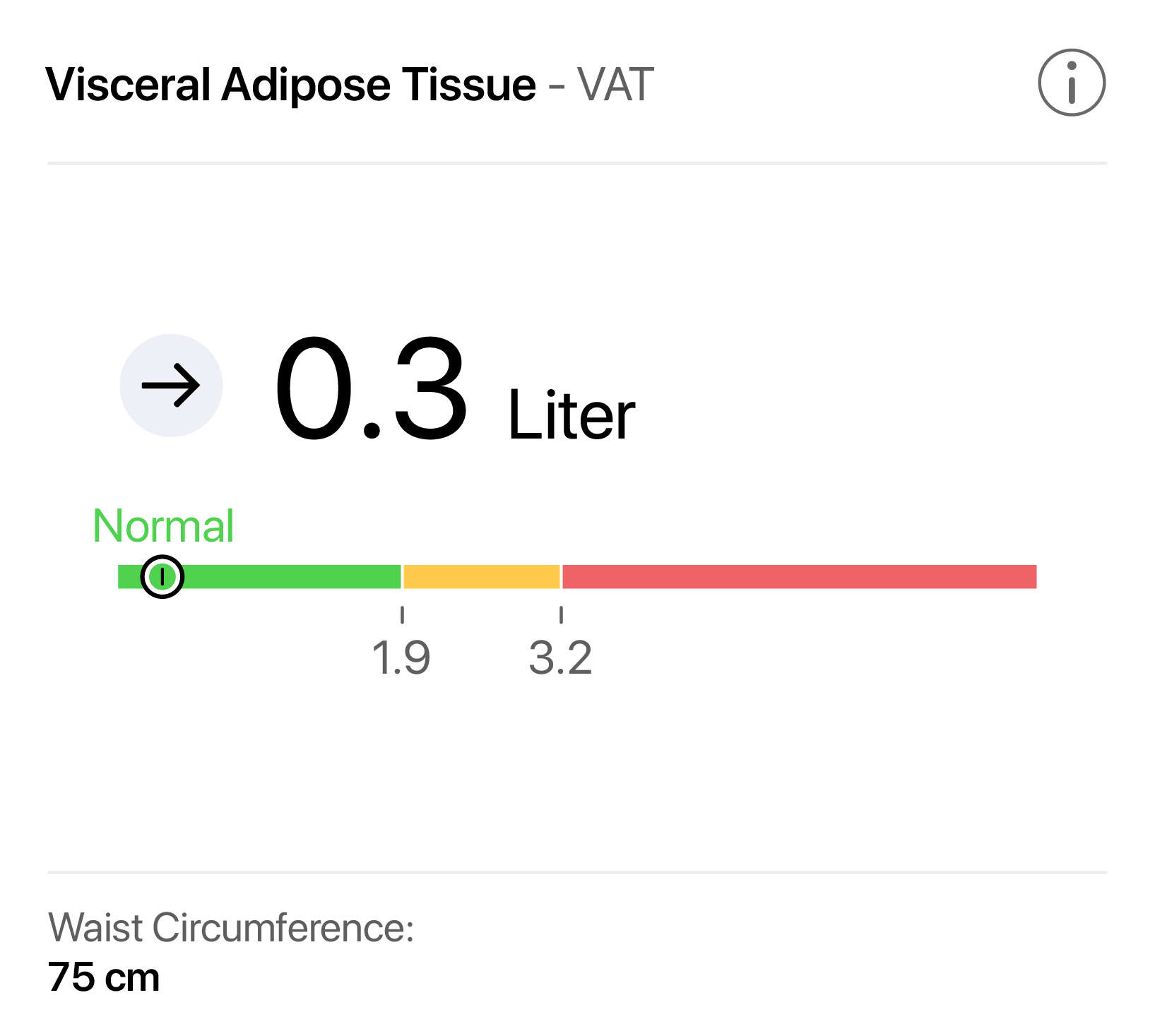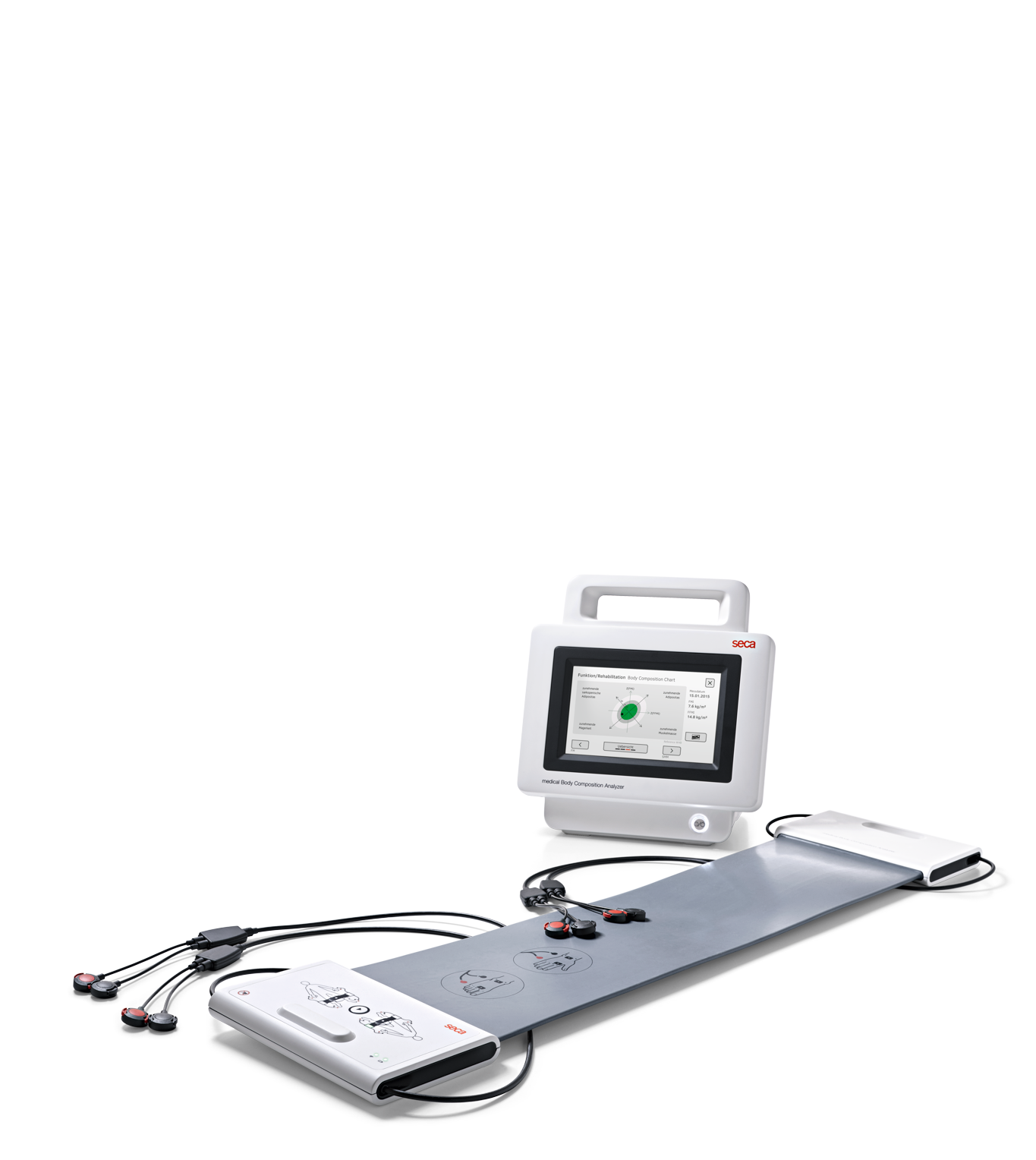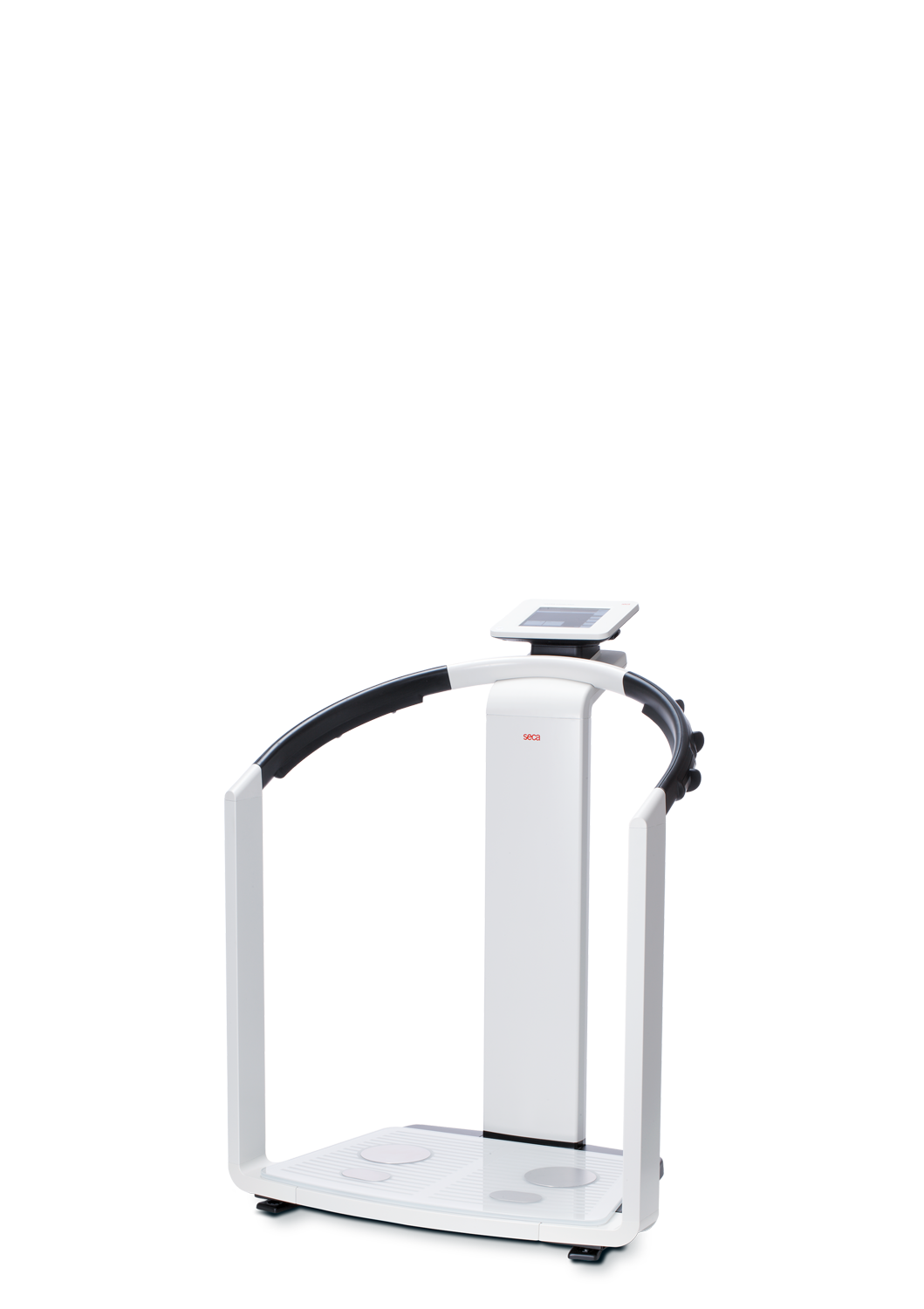
Physical Therapy and Rehab
Focusing on improved physical functioning and optimal performance using the best technology and tools validates the value of physical therapy and keeps patients engaged and satisfied throughout treatment
Customer Testimonials

How to use Body Composition
Physical therapy treatments, rehabilitation, and intervention improve health, well-being, and quality of life and can lead to optimal physical functioning and performance.
Tracking data and progress throughout a rehab program with objective measures of body composition changes is critical to success
In-depth body composition metrics lead to individualized and targeted nutrition and exercise recommendations and show changes and identify trends, which can be addressed quickly to improve function, mobility, and health
Monitoring and tracking body composition data beginning with baseline assessment provides valuable insight for patients and therapists to create, modify, and measure progress in exercise programs.
Selected Parameters for Physical Therapy and Rehab
seca north america
Medical Measuring Systems and Scales since 1840
13601 Benson AvenueChino, CA 91710
USA
seca Service
As the world leader in medical scales, we also offer you first-class service. Together with our branches, partners and dealers, seca offers a worldwide service network that ensures our products work troublefree.
All rights reserved seca 2023
